 Oświęcim is a city with the population of ca. 40 thousand people and more than 800-year-long history. Because of its difficult experiences during the Second World War, it is a place where a normal life is led simultaneously with the discussion concerning the most difficult problems of the modern world.
Oświęcim is a city with the population of ca. 40 thousand people and more than 800-year-long history. Because of its difficult experiences during the Second World War, it is a place where a normal life is led simultaneously with the discussion concerning the most difficult problems of the modern world.
The Auschwitz Museum is a symbolic place for the whole world. Here, in the place located on the outskirts of the city of Oświęcim on the left bank of the river Soła, the German Nazis set up a concentration and death camp during the Second World War. For the world KL Auschwitz is a symbol of war, terror, genocide and Holocaust. It was the biggest of all the Nazi concentration and death camps. More than 1.1 million men, women and children of various nationalities, mainly Jews, lost their lives here. The relics of the camp are protected by the State Museum established in 1947 and visited by 2 millions people from all over the world every year. Today, the Memorial comprises the Archive and Collections as well as research, conservation and publishing centre.
Oświęcim Meeting Space is a complex revitalization program which is being carried out in the city of Oświęcim. The program is aimed at developing the urban space with infrastructure creating bridges that lead from KL Auschwitz and its tragic history to the life of the modern city. On the one hand, such an undertaking is supposed to create a meeting space for reflection and searching for the message of Auschwitz and, on the other hand, to create the space and objects for the citizens of Oświęcim and its visitors. The project of the Oświęcim Meeting Space includes, among other things, the unique footbridge designed by Jarosław Kozakiewicz and the Nations’ Reconciliation Park.

Construction of the unique bridge designed by Jarosław Kozakiewicz
The main element of the Oświęcim Meeting Space. A unique pedestrian bridge, connecting the banks of the Soła River between the Memorial and the Nations Reconciliation Park. It will be located near the Visitor Service Center of the Auschwitz-Birkenau State Museum. The bridge is a symbol of transition from history, through the memory, towards life, education and future. It was designed in the form of a ribbon attached on both river banks. The artistic form of the footbridge is closely related to its symbolic meaning. The river, both metaphorically and literally, separates good from evil, genocide from humanity, and the former Auschwitz concentration camp from the Nations Reconciliation Park and the city of Oświęcim. The idea of the bridge location arose from the concept of putting these two worlds in opposition to each other.

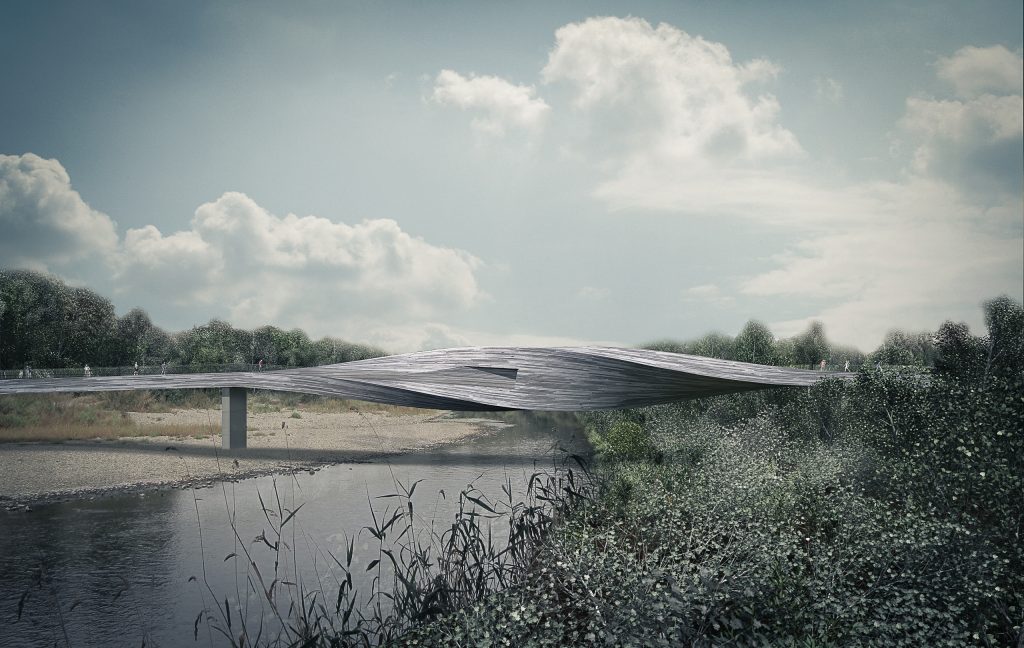

The footbridge will be made mostly of steel structures, but also concrete and wood. Its complex construction will require the employment of top-class bridge engineering specialists from Poland and around the world.
The bridge structure will consist of three parts:
– The first part is a footbridge over 70 m long with a 2-3% gradient.
– The second part is the main supporting structure in the shape of a twisted tunnel. The length of this part is 80 m.
– The third part of the bridge is a descent to the other side of the Soła River. This part will have a length of about 100 m.
Nations Reconciliation Park
The park with its recreational and cultural function together with the bridge will form a compositional whole, where people who visit the Memorial can spend some time on reflection, seeking hope and enjoying the surrounding nature. The site allocated for the park encompasses the area between the street of Kamieniec and the walking and cycling path along the western border of the riparian forest as well as the walking and cycling path along the Soła River. The total area of the site is approx. 14 ha. In principle, the park is to be the place of tranquility, reflection and harmony, which shall be ensured by such elements as walking paths, landscaping and greenery. It is also going to be used as a venue of cultural and educational events.
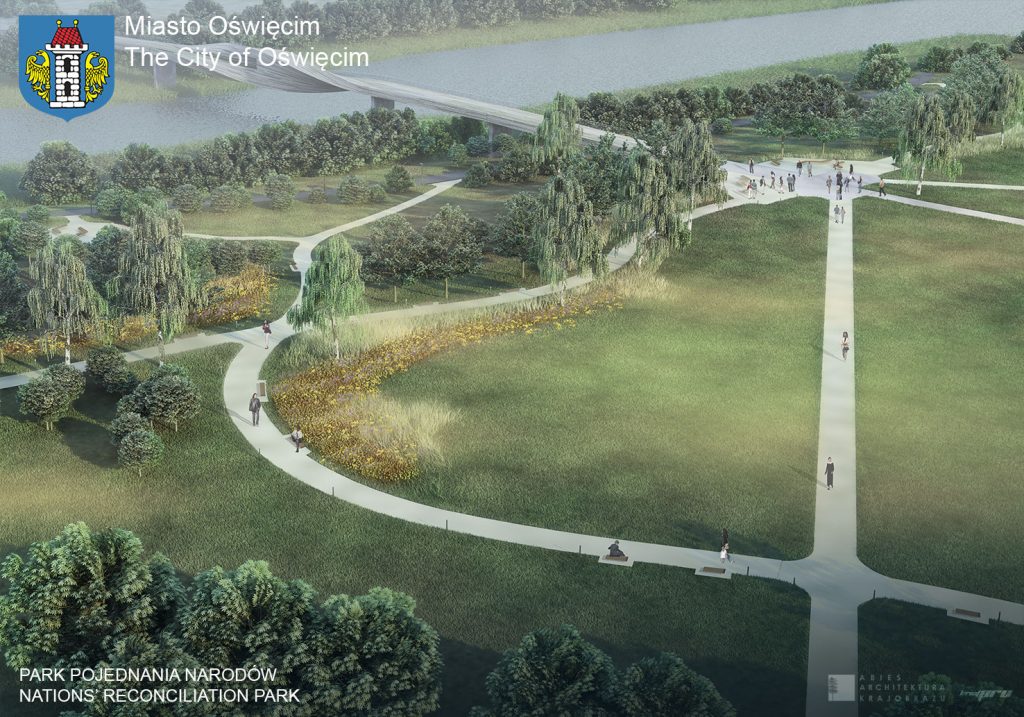
Development of the Sola River Boulevards
The Boulevards are located by the Soła river. Walking from the Nations Reconciliation Park through the Boulevards we are entering the space of the Old Town, where you can see, among other things, The Piast Castle, the Jewish Center with the Synagogue, the “Roma – History and Culture” exhibition, the Salesian Complex and the City Hall Museum. The area of the Boulevards is a place of rest and recreation with walking paths, city furniture, children’s area and canoe rental.
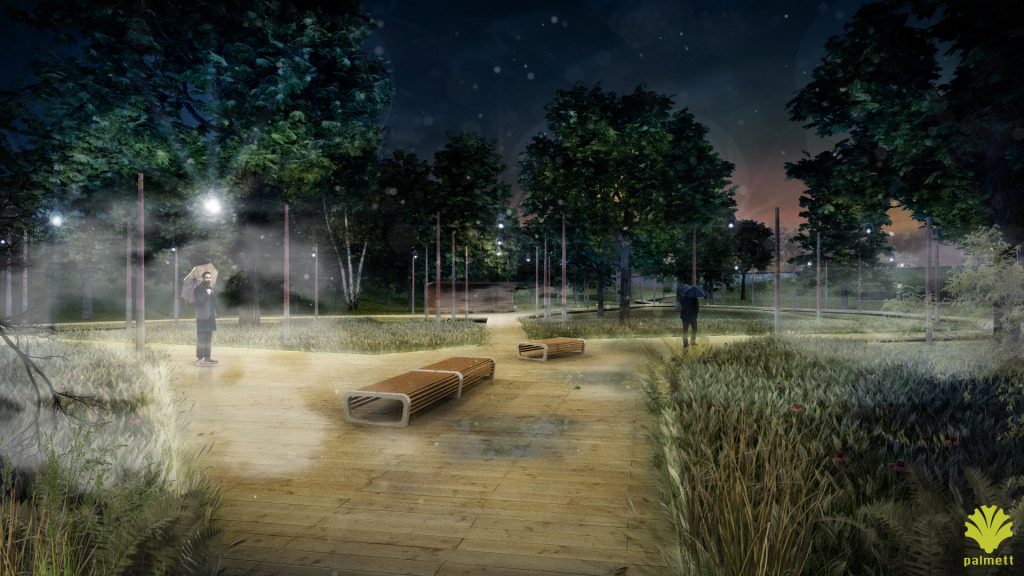
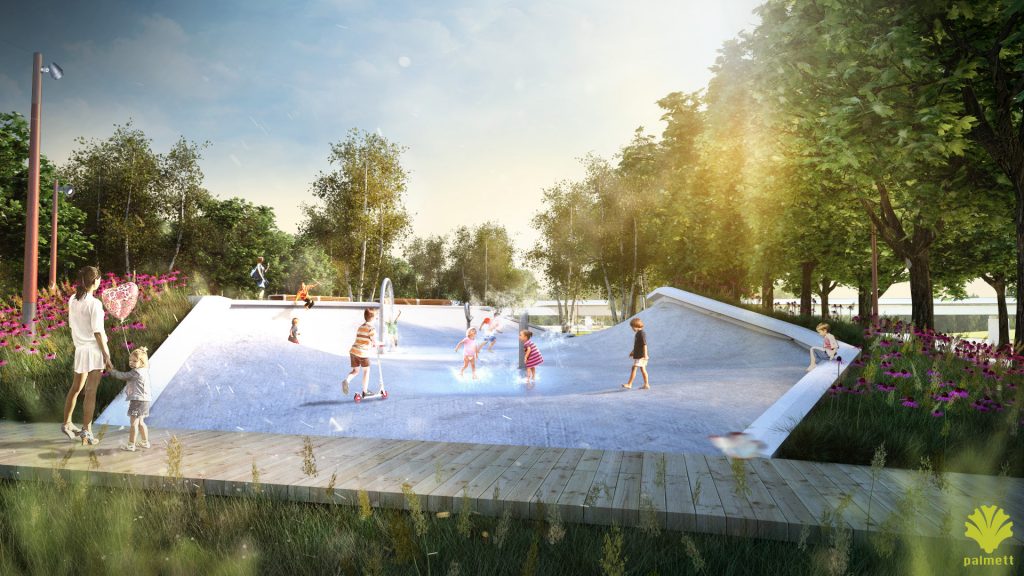
Land development in the Old Town area and the creation of new public functions
Land development in the vicinity of the Oświęcim castle and the creation of new public functions such as, for example, the space for cultural events, Tourist Office with the accompanying infrastructure. The city quarter will be created here in the form of an open amphitheater of high aesthetic and utility standard. This place will serve residents and tourists, and at the same time it will provide space for cultural events, such as theater workshops, music festivals, parties and concerts. Its function is going to be complemented with an underground car park with approximately 150 parking spaces.
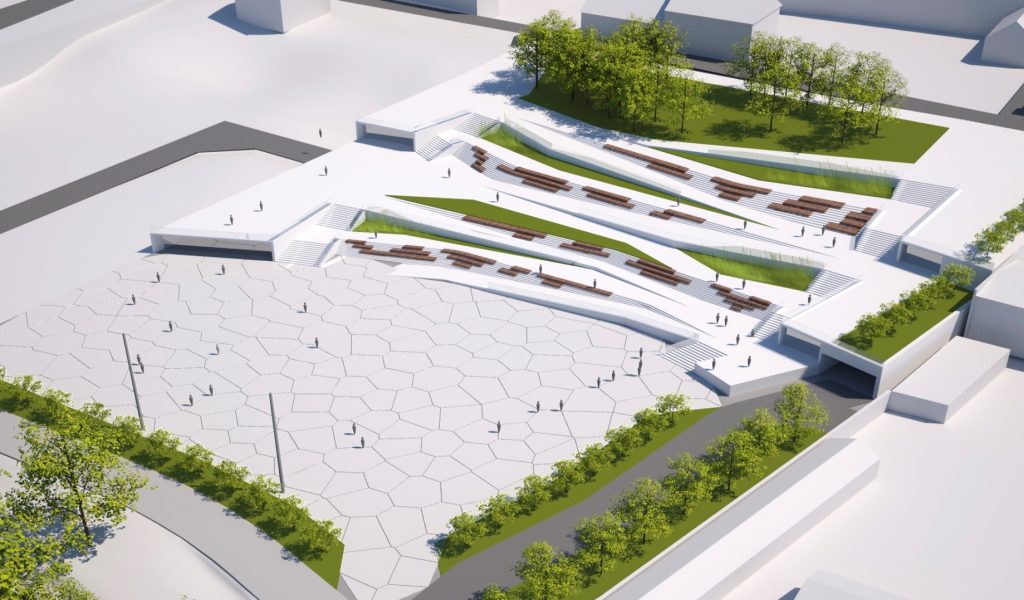
Park of Peace
The planned revitalization includes the creation of a city park offering numerous leisure facilities for people of all ages. It will be created on 24 ha of grassland which at present is neglected and degraded. The park will also have a recreational function for the residents of Oświęcim and tourists.
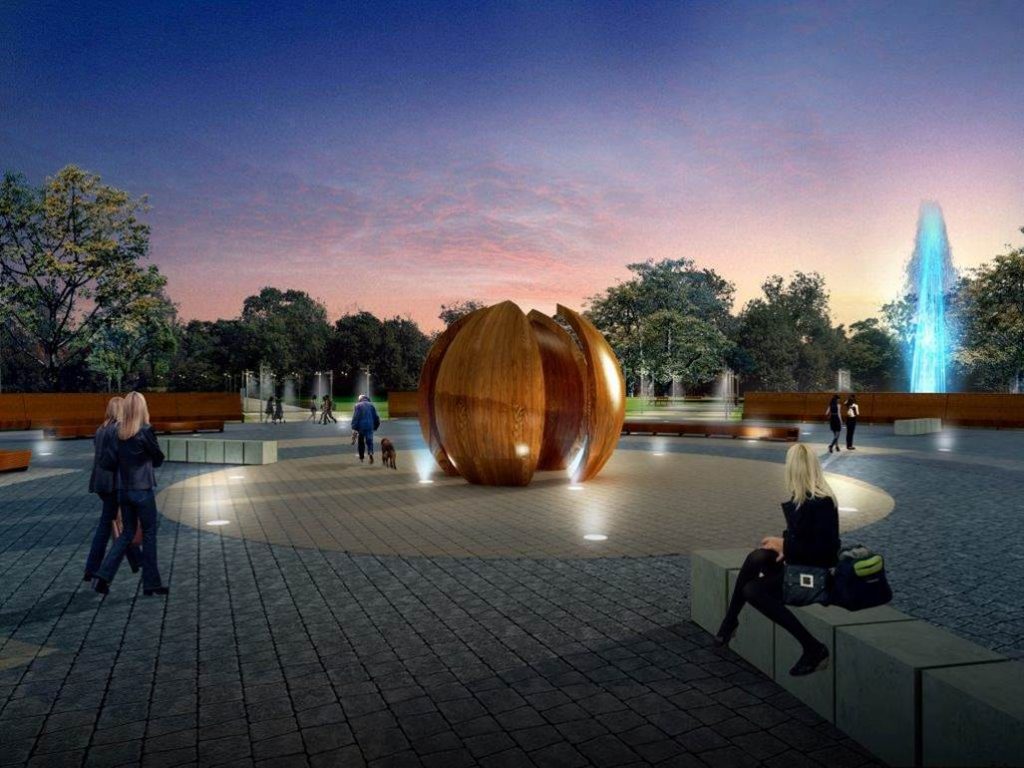
Visitor Service Center at the Auschwitz Memorial
A modern reception center for groups visiting the Auschwitz Memorial Site will be built on the area of more than 3 hectares. It will include the visitor reception center and parking. This new solution will significantly improve the service of two million tourists from all over the world who come to the Museum every year. Integration of the Center with the city will create a permanent infrastructure for visitors, facilitate their collision-free access from the Memorial Site to the city centre and promote multi-day stays in the Oświęcim area.
Promotion of Oświęcim as the center of education and human rights
The initiative aims to establish a strong position of Oświęcim as a City of Peace. The cooperation of several institutions which already offer a wide range of educational activities in Oświęcim provides opportunities to implement new projects aimed at continuous reinforcement of the image of Oświęcim as an important center of education and human rights. Among the activities carried out within the framework of the Oświęcim Meeting Space are the Oświęcim Human Rights Forum (OFPC), initiated in 2014, and the Oświęcim Institute for Human Rights established at the Book Gallery.

Numerous peace projects are carried out in Oświęcim. They include: The Oświęcim Human Rights Forum, The Life Festival Oświęcim, The International Biennal of Social and Political Posters. Oświęcim is a seat of many educational institutions including:
• The International Center for Education about Auschwitz and the Holocaust
• The Centre for Dialogue and Prayer
• The Jewish Centre
• The International Youth Meeting Centre
• Witold Pilecki State School of Higher Education
• Roma Centre in Oświęcim
• Institute of Human Right – Municipal Public Library in Oświęcim – Book Gallery
In 1998 the city of Oświęcim was designated as a Peace Messenger City by the Secretary General of the United Nations.
